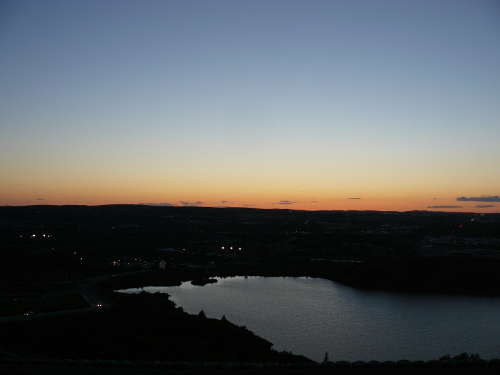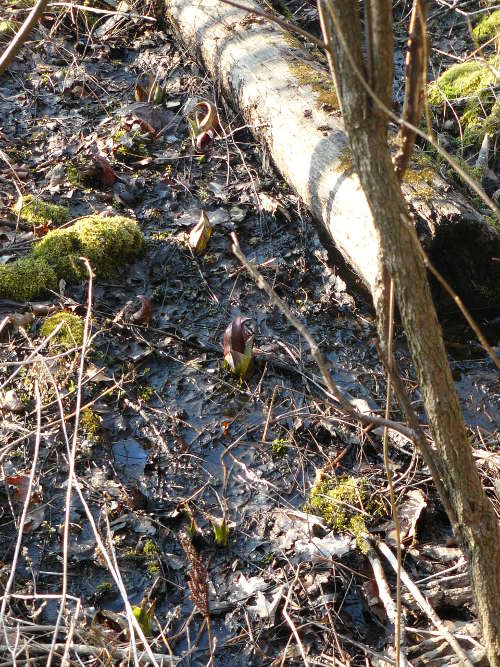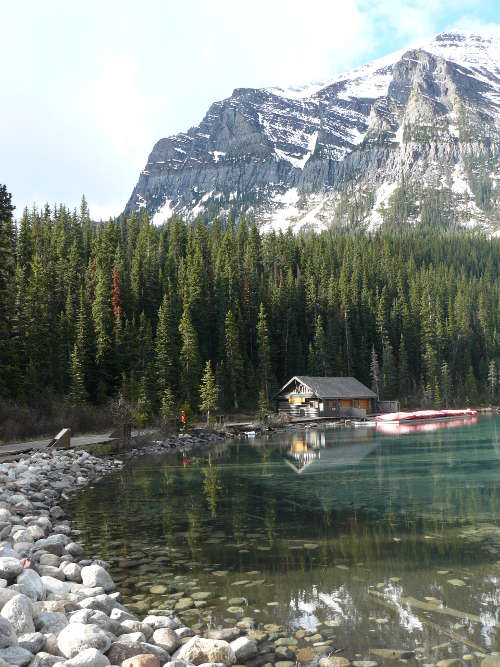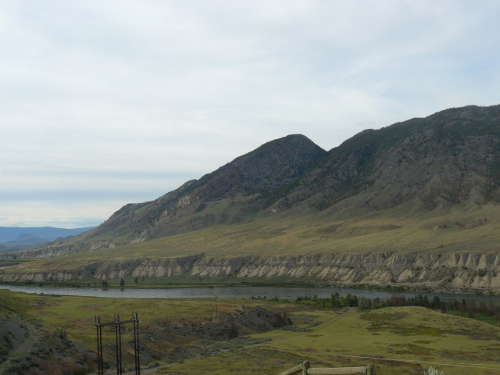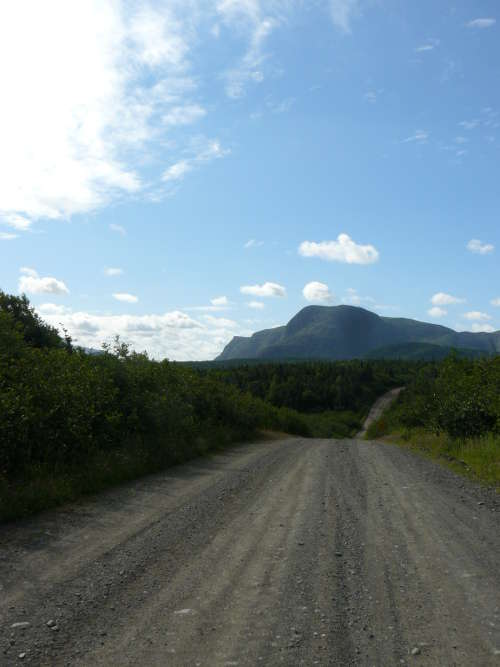 Location Taken: Trout River, Newfoundland
Location Taken: Trout River, Newfoundland
Time Taken: July 2012
You know, it’s been a year since I started this blog. Well, a year and a few days, but still. Still don’t seem to have many readers, given that the only people who really comment are my parents and the occasional spammer. Ah well, if you are reading this and don’t comment, don’t feel bad. I’m a near-professional lurker myself.
I’d have a better idea how many people found this if I still had a hit counter going. But I had to disable that back in June because it broke my site at an awkward time. Any time you have to download an ftp program to access the guts of your site and yank out some code definitely counts as awkward. Especially if you’re using the internet at a public library because you’re on vacation, and you have a time limit. I should find another one, but I get worried about that happening again.
But I shall still continue doing this, even with few readers. I enjoy posting my art and my thoughts each day, even if my thoughts are often “I have to get this posted in the next ten minutes, darn it!” Ah well, deadlines are good at compelling action.
Maybe I should set myself a deadline for, ya know, telling other parts of the internet about my blog. It’s been on my to-do list for a long time, but marketing is one of those things my social phobia hates, so I keep procrastinating on it…
I like procrastination. It’s so comfortable…

